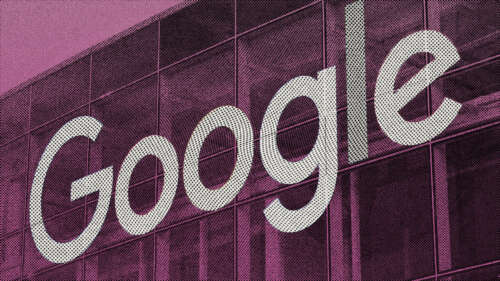Fifty Explains is a series that breaks down the different technologies, lingo and jargon of the ad tech world.
Do you ever have a conversation where you are talking about one thing and the person you’re chatting to is talking about something entirely different and neither of you realise?
Yeah.
That’s how we feel about OTT and CTV advertising. Which one is which? I’m so confused!
Ok, let’s not panic. We can break this down so that the next time you’re in one of those conversations, you’ll know exactly what you’re talking about.
Let’s start with the definitions.
OTT – this stands for Over-The-Top. OTT is any video content that is accessed via the internet. The name comes from the idea that content is accessed ‘over the top’ of traditional broadcast media.
CTV – this stands for Connected TV, which is essentially any television that can be connected to the internet.
Linear – also, I know you didn’t ask but regular broadcast television is now referred to as linear TV. This is video content that is accessed via a closed top television, with no need for the internet and no ability to control when it starts.
At its very simplest, CTV is referring to the device where online content is being accessed, while OTT is the way content is delivered, i.e. the internet and not traditional cable or satellite television.
All digital video content is OTT, but only some of it is accessed via CTVs. Let’s say you’re watching a BritBox show on a mobile app while commuting home. You are streaming OTT content. When you get home and continue watching the show through the BritBox app on your Smart TV, you are now streaming OTT content on a CTV.
Ok, I think that’s clear. Why are they used interchangeably?
OTT is an older term, when people were only just beginning to access video outside of broadcast television. Thinking back to the early days of the internet that was most commonly on desktops, and then on mobiles.
But as more devices became connected to the internet, new terms began to be used. Televisions originally became web-connected through other devices such as gaming consoles or streaming devices that you could plug in like an Apple TV or Google Chromecast. Eventually televisions themselves were connected to the internet, devices now known as Smart TVs.
Just remember this: OTT is the mechanism for delivering digital video while CTV is one means of watching digital video, which does not include desktops, tablets or mobile.
So, what’s the benefit of advertising on CTV versus just on OTT devices like mobile?
Accessing people via mobiles remains important, but CTV is a fast-growing advertising channel that allows you to reach millions of cord-cutters –– people who have cancelled their set-top box subscriptions but are still using their television to access content.
Indeed, according to Samsung Ads, while traditional TV viewing in the UK rose by 19% in 2020, CTV consumption rose by 59%! What’s more, people across all age groups watch CTV while linear TV is preferred by Boomers and underperforms amongst under-40s.
Like OTT, it is a very effective form of advertising. Video advertising platform Unruly conducted a survey in 2021 which found that 98% of brands were satisfied with their CTV campaign performance. Almost half (52%) of agencies said they buy CTV because of its cost-efficiency while 42% of brands said it’s effective for brand campaigns and meets campaign goals.
This is because like other forms of programmatic advertising [LINK], you can create highly targeted campaigns, ensuring you’re getting your advertising in front of the right audience at the right time.
Want to learn how Fifty can help you create a data-driven CTV or OTT strategy? Book a demo today.























